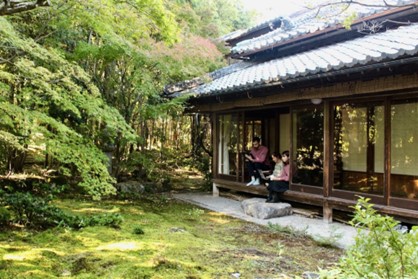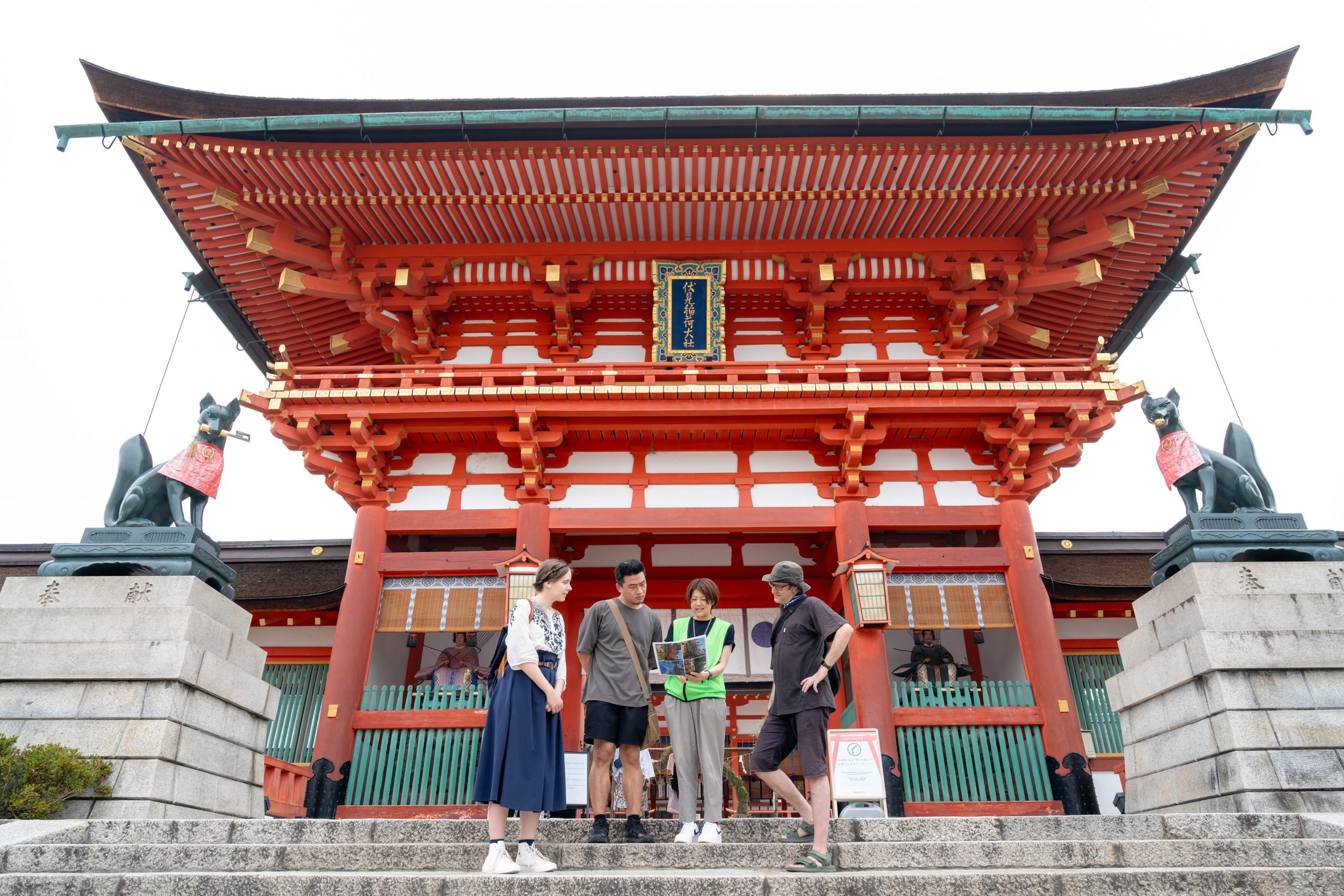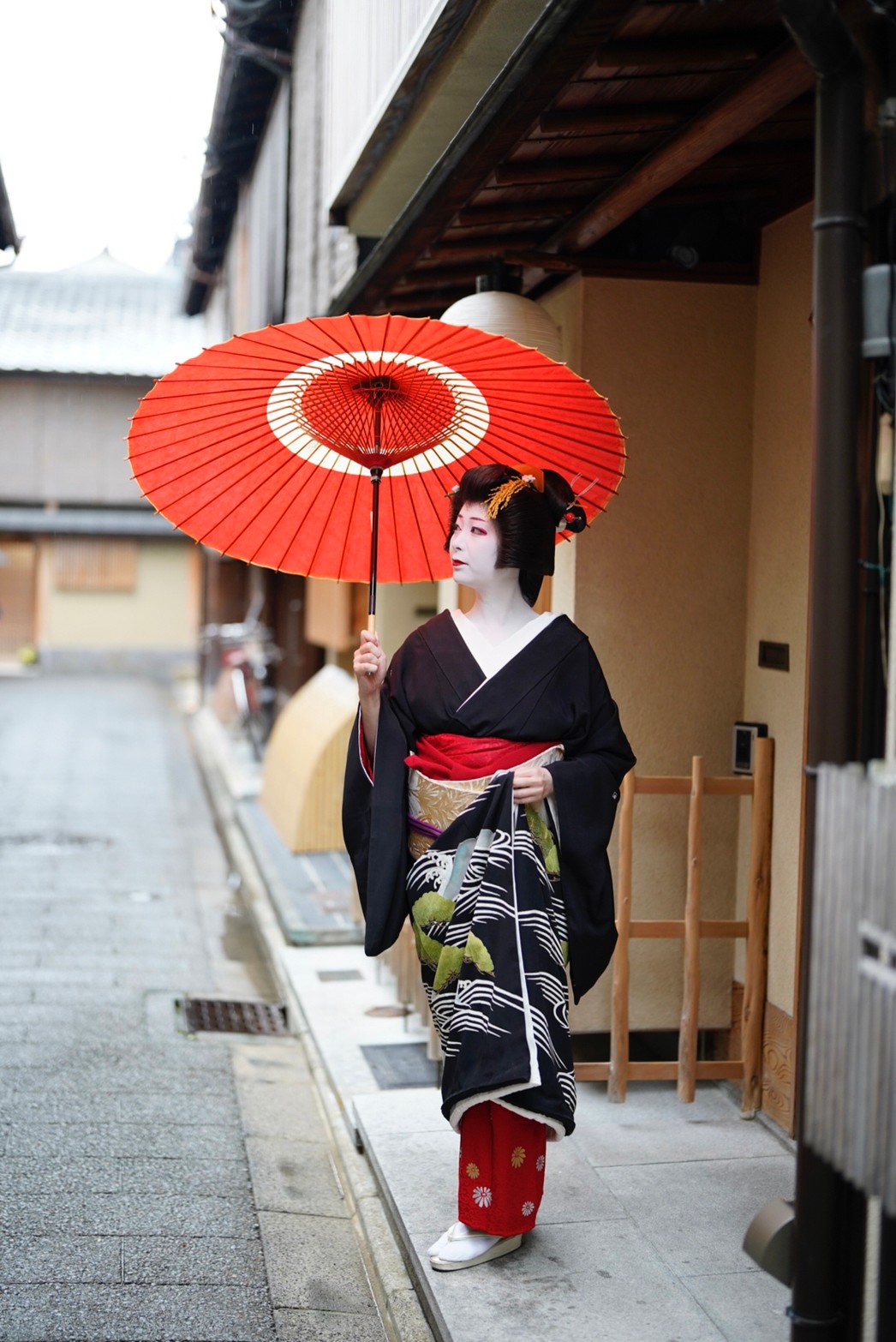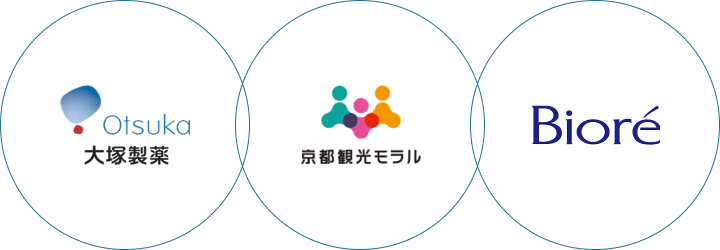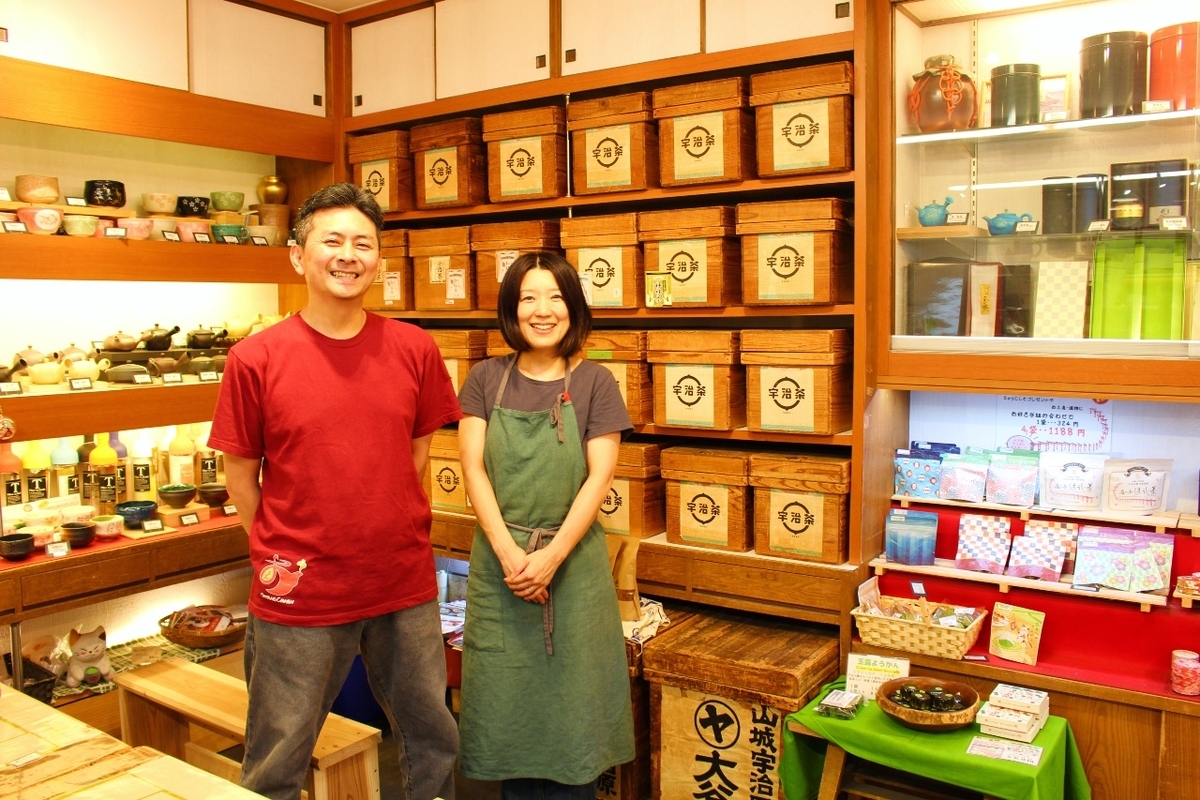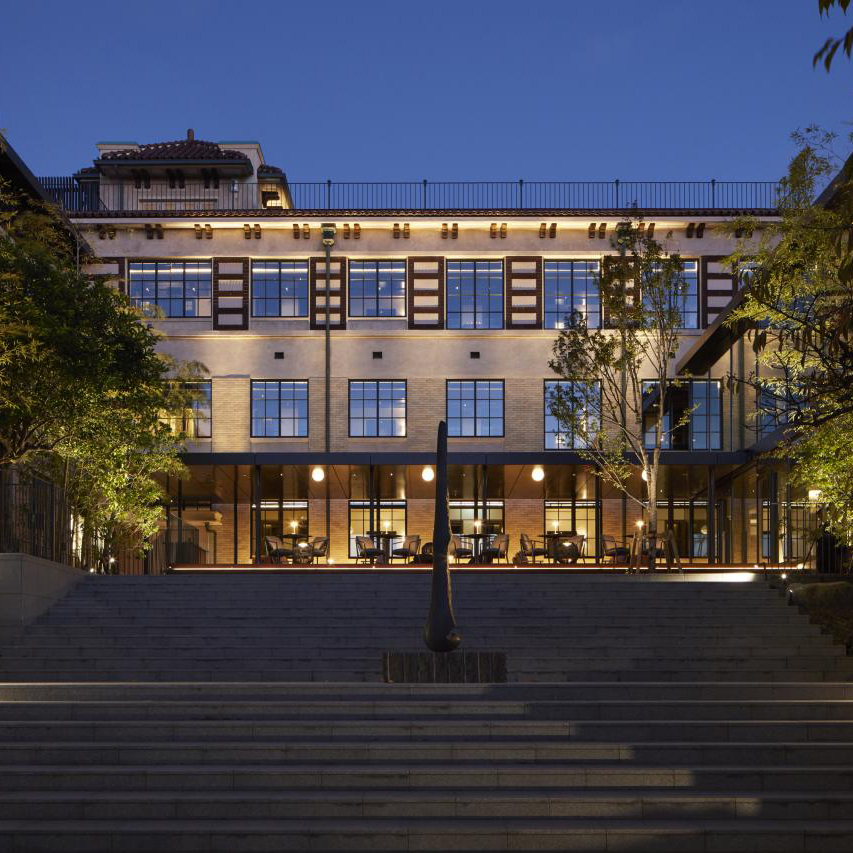
該建築建於1933年,當時小學搬遷至現址。它當時因其獨特的建築設計,尤其是裝飾細節和室內設計而受到認可。 ©Forward Stroke inc.
一座建於 20 世紀 30 年代的歷史悠久的小學建築,如今已成為高檔飯店
京都清水清龍酒店於2020年3月22日在京都清水開業,由擁有八十年歷史的清水小學建築改建而成,成為一家融合了建築過去與現在的酒店。 “青龍”又稱“青龍”或“青龍”,被人們奉為清水寺所在地京都市東部山脈的守護神。這是一家豪華飯店,擁有四十八間客房、一間餐廳、私人浴室和一間健身房。
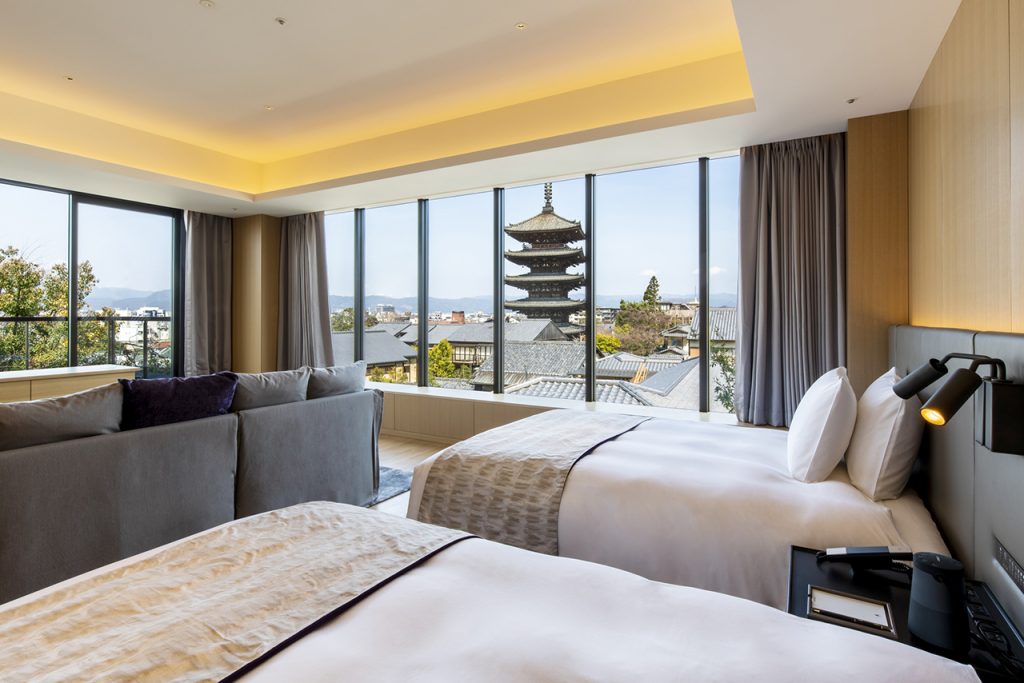
從房間窗戶望出去,可以欣賞京都的景色。這所小學的建築在山腰上有著標誌性的形象,周圍都是低矮的建築。
京都的小學是地方自治和傳統社區活動的中心
京都小學的歷史與日本其他地區不同。 19 世紀後期,京都為各個當地居民組織(稱為“bangumi”)建造了總共 64 所小學。這是在日本建立國小制度之前。京都的這些小學的獨特之處在於它們是由各個社區的當地居民出資和規劃的。因此,每所學校都有不同的建築結構和設計,反映了每個社區的財務能力、理念和對教育的希望。

小學建築因其適應山腰傾斜地面的結構設計而引人注目。三個翼樓呈U形,位於不同的高度,由中間的大樓梯連接。 ©Forward Stroke inc.
一棟精緻的西式建築設計的小學建築,可以俯瞰京都市
清水小學原為舊下京區(京都市中心南半部)第 27 所坂組小學,其建設資金來自清水地區居民的捐贈,他們希望未來能建成一個美麗的城鎮。該建築是1933年學校遷至現址時建造的,位於東大路至清水寺陡峭道路沿線的高地上,可以俯瞰京都市的景色。這是一棟三層鋼筋混凝土建築。拱形窗戶、西班牙瓦片屋頂、下方的木質牛腿裝飾以及凹槽表面瓷磚等精緻細節賦予了它獨特的外觀。
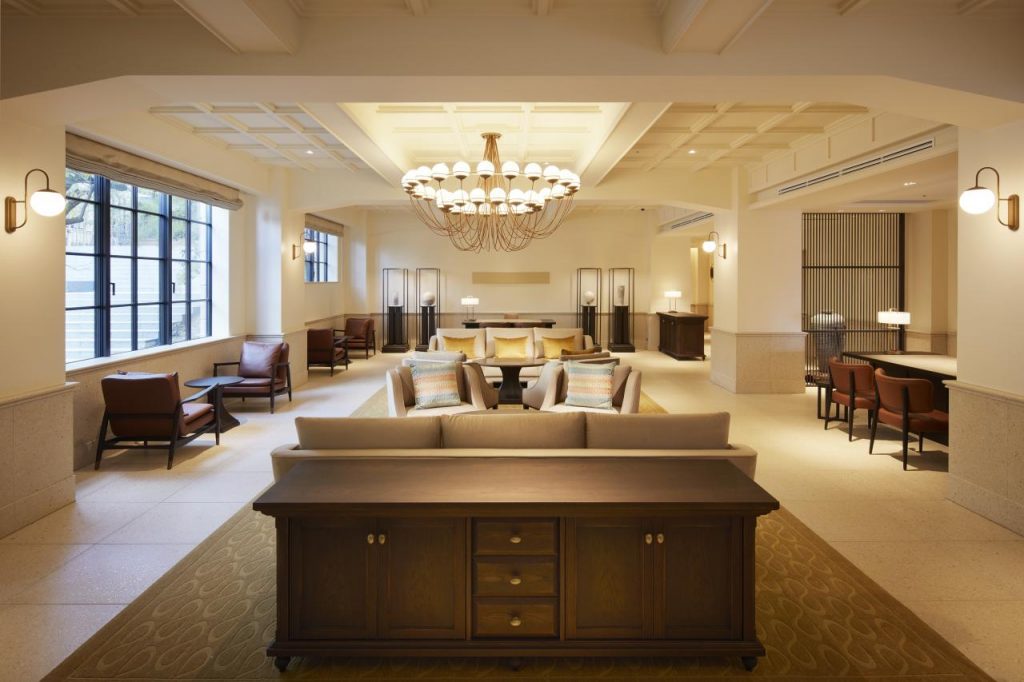
大廳設有兩個獨立的接待處和一個禮賓台,方便工作人員與每位客人進行無縫互動。 ©Forward Stroke inc.
學校關閉後,一項延續該建築遺產的計畫開始了
2011 年,由於當地小學合併,清水小學不幸關閉。為了保護這座承載著許多昔日學生和當地居民美好回憶的珍貴建築,人們制定了各種計劃,希望它能世世代代流傳下去。 2016 年,NTT 城市發展公司啟動了一項項目,將該建築改建成酒店,同時還可作為當地居民舉辦活動和聚會的場所以及災難發生時的避難所。目標是打造一家能夠繼承清水小學角色的酒店,為當地居民的學習和社區活動做出貢獻。
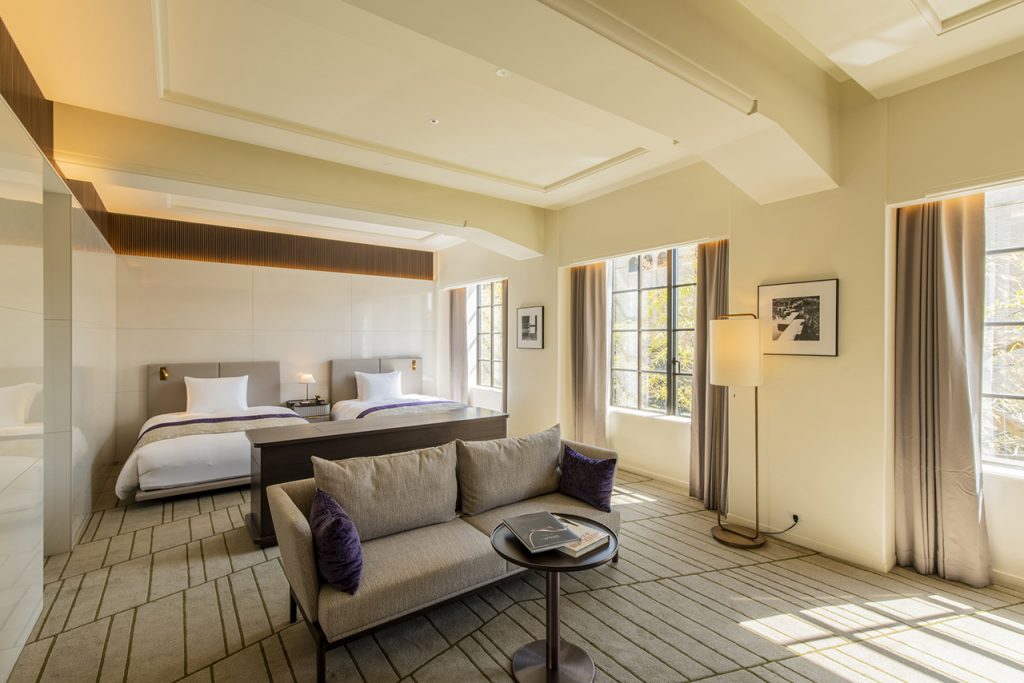
小型套房。我們採用了簡單的設計方案,與學校建築的古典特徵不衝突。
創意團隊致力於設計超越建築過去與現在的舒適氛圍
野村株式會社創意總監 Ryu Kosaka 負責監督新酒店的整體設計,包括室內設計。小坂先生在談到自己參與的將擁有近九十年歷史的學校改建為酒店的項目時說道:
我嘗試將懷舊與創新融合,在建築和室內空間設計中,賦予西方歷史建築及其室內空間新的功能,並對其保持極大的尊重。從建築、景觀、室內設計,到平面設計、制服、藝術品、家具、裝置和設備,我與創作者緊密合作,創造出一個既新穎又獨特的空間。
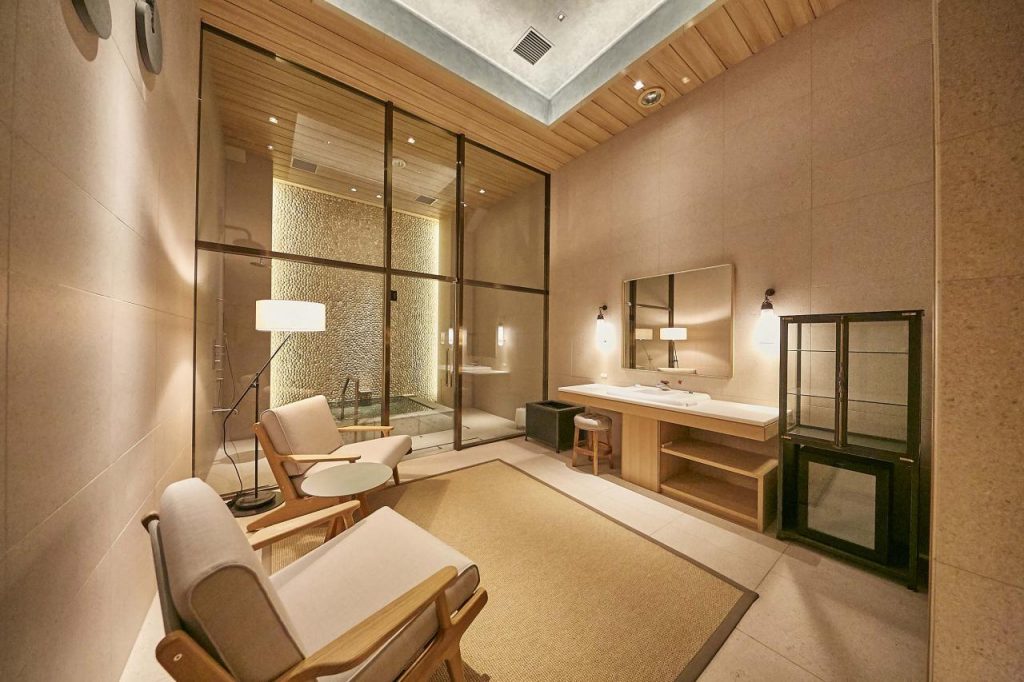
有三間以當地圖案命名的私人浴室:「櫻花」、「山鳩」和「清水」。每間最多可供四人使用,費用為 6000 日元/90 分鐘。
餐廳圖書館 The Hotel Seiryu:提供京都當季美食的飯店餐廳
透過將日式與西式、現代與古典等不同元素融合在一起的設計,這座昔日的小學成為了一座體現當地鮮明特色的建築。曾經是演講廳的翼樓被改建成了餐廳圖書館清流酒店,這是一家可容納 44 人的餐廳,利用高高的天花板營造出寬敞的氛圍。裝飾餐廳的眾多書籍象徵著建築物作為學校一部分的時期。早晨供應的「京都早餐」是一頓健康又營養的早餐,包括各種主菜,可搭配沙拉、粥和湯等當日自助餐一起享用。非飯店客人也可以在這裡用餐。餐廳也可用作舉辦各種活動或會議的多功能空間。

高高的書架上擺放著許多書籍,為餐廳帶來了一種平靜、學術的氛圍。 ©Forward Stroke inc.
杜卡斯巴黎監修的餐廳 Benoit Kyō
值得注意的是,京都第一家 Benoit 餐廳已在另一個翼樓開業。 Benoit 由阿蘭杜卡斯創辦的米其林星級餐廳監督,供應一個多世紀以來深受世界各地美食鑑賞家喜愛的美食。除了 Benoit 最受歡迎的菜餚外,Benoit Kyoto 還推出了採用京都當季食材烹製的原創小酒館菜餚,反映了當地風土人情。固定價格午餐菜單包括使用當季食材烹調的菜餚。晚餐時,您可以從單點菜單中選擇與葡萄酒搭配的開胃菜和主菜以及甜點。行政主廚是 Anthony Bâcle,他擁有多年米其林星級餐廳的工作經驗。

Benoit Kyōto 也開放給非飯店住客使用。它有 68 個室內座位和 20 個露台座位。
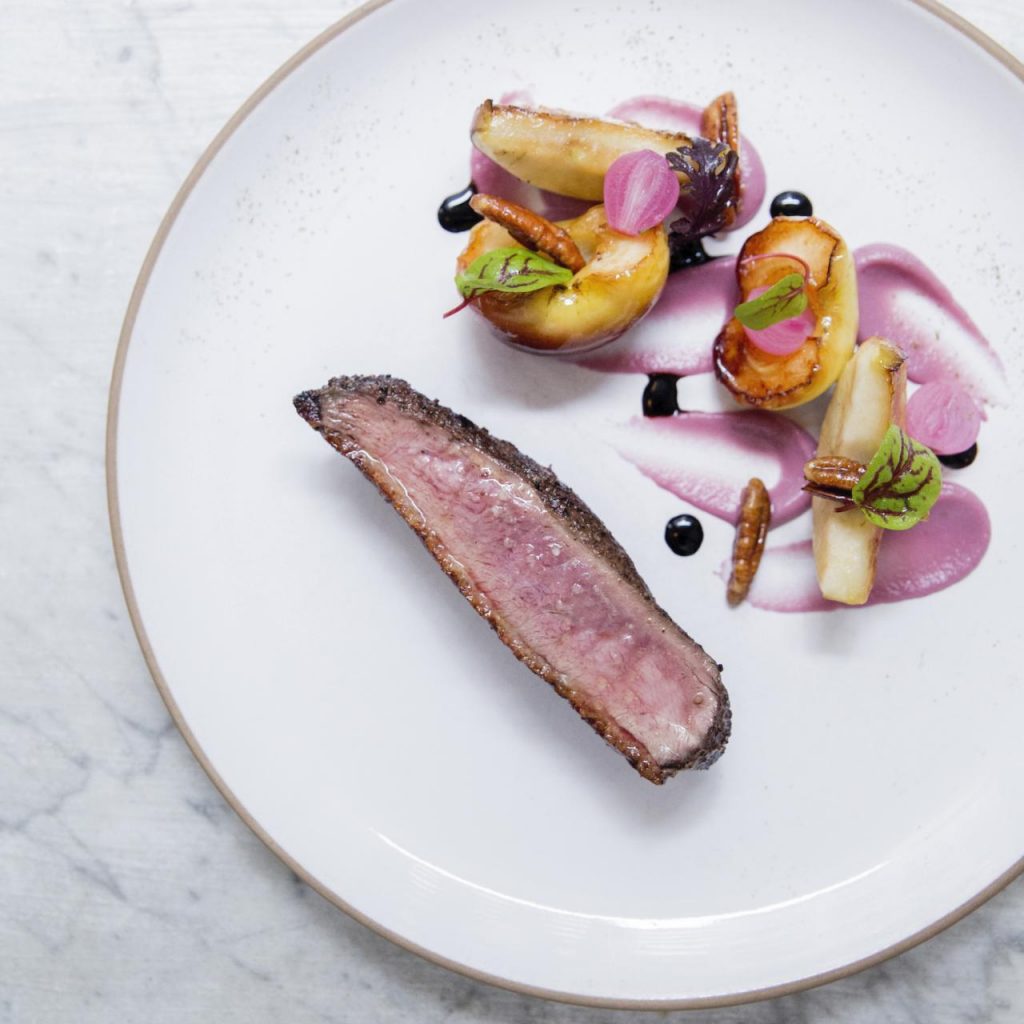
「今日份的格雷諾布洛瓦魚配炒菠菜」和「京都牛肉羅西尼」是 Benoit Kyoto 的主菜。
京都代表性當地酒吧的屋頂酒吧餐廳
飯店屋頂上設有 K36 酒吧,可俯瞰城市。京都知名酒吧 K6 的調酒師西田稔 (Minoru Nishida) 參與創立了 K36,該酒吧由具有地道高檔氛圍的室內酒吧 K36 The Bar 和可以俯瞰城市景觀的屋頂酒吧兼餐廳 K36 Rooftop 組成。 K36 提供稀有的威士忌和葡萄酒,並擁有豐富的菜單,適合舉辦各種場合。
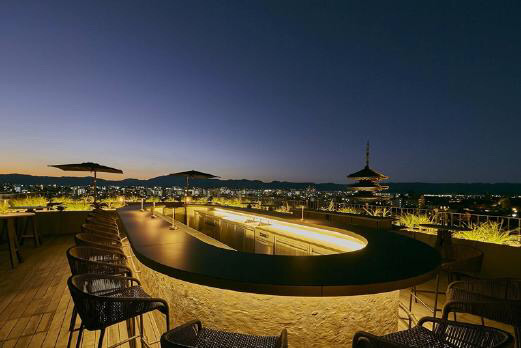
屋頂酒吧和休息室可以近距離欣賞八坂塔的景色。
在過去與現在交會的空間中邂逅藝術,激發智慧
小坂先生說,他有意避免改變小學生上下跑動的走廊和樓梯。同時,走進孩子們過去學習的教室之一,你就會進入一個完全不同的現代世界。飯店的客房、入口和餐廳等各個地方都展示著藝術品,其中許多是當地藝術家或與京都有淵源的藝術家的作品。客人在入住這家酒店期間可以欣賞各種藝術品,並對其產生濃厚的興趣。
這所小學曾經象徵著當地居民對小鎮和孩子們的未來充滿美好憧憬,如今卻肩負著連結當地社區和世界其他地區的重任。在這個既新又舊的豪華地方住一晚無疑是在京都住宿的優質方式——一次優質的時光之旅。

這條走廊有著古典的外觀,可能會喚起一些人的童年回憶。
地址: 京都市東山區清水2-204-2
電話: +81-75-532-1111
交通方式:
計程車:距離京都站約15分鐘
京都市巴士:從京都站搭乘巴士約20分鐘,從清水道巴士站步行約5分鐘,或從五條坂巴士站步行約10分鐘
京阪本線(火車):從清水五條站步行約20分鐘
網站: https://www.seiryukiyomizu.com/en/
(照片由NTT都市開發公司提供)


